Use two or more programming languages, at least one of which is textual, to solve a variety of computational problems.
Create and debug simple programs.
Use logical reasoning to predict the behaviour of simple programs.
Design, write and debug programs that accomplish specific goals, including controlling or simulating physical systems; solve problems by decomposing them into smaller parts.
Use sequence, selection, and repetition in programs; work with variables and various forms of input and output.
Use logical reasoning to explain how some simple algorithms work and to detect and correct errors in algorithms and programs.
Learn to analyse problems in computational terms
Be responsible, competent, confident and creative users of information and communication technology.
Design and develop modular programs that use procedures or functions.
Learn to evaluate and apply information technology, including new or unfamiliar technologies, analytically to solve problems.
Understand and apply the fundamental principles and concepts of computer science, including abstraction, logic, algorithms and data representation.
Understand how data of various types can be represented and manipulated digitally, in the form of binary digits.
Understand how numbers can be represented in binary, and be able to carry out simple operations on binary numbers.
Understand several key algorithms that reflect computational thinking.
Understand simple Boolean logic and some of its uses in circuits and programming.
Undertake creative projects that involve selecting, using, and combining multiple applications, preferably across a range of devices.
Understand what algorithms are; how they are implemented as programs on digital devices; and that programs execute by following precise and unambiguous instructions.
Use logical reasoning to compare the utility of alternative algorithms for the same problem.
Develop and apply their analytic, problem-solving, design, and computational thinking skills.
Develop their capability, creativity and knowledge in computer science, digital media and information technology.
Recognise common uses of information technology beyond school.
Explore and use mechanisms [for example, levers, sliders, wheels and axles], in their products.
Select from and use a range of tools and equipment to perform practical tasks [for example, cutting, shaping, joining and finishing].
Understand and use mechanical systems in their products [for example, gears, pulleys, cams, levers and linkages].
Understand and use electrical systems in their products [for example, series circuits incorporating switches, bulbs, buzzers and motors].
Apply their understanding of computing to program, monitor and control their products.
Select from and use a wider range of tools and equipment to perform practical tasks [for example, cutting, shaping, joining and finishing], accurately.
K-2-ETS1-1. Ask questions, make observations, and gather information about a situation people want to change to define a simple problem that can be solved through the development of a new or improved object or tool.
3-5-ETS1-3. Plan and carry out fair tests in which variables are controlled and failure points are considered to identify aspects of a model or prototype that can be improved.
3-5-ETS1-1. Define a simple design problem reflecting a need or a want that includes specified criteria for success and constraints on materials, time, or cost.
Understand simple Boolean logic [for example, AND, OR and NOT] and some of its uses in circuits and programming; understand how numbers can be represented in binary, and be able to carry out simple operations on binary numbers.
Understand and use electrical systems in their products
Understand and use mechanical systems in their products
Apply computing and use electronics to embed intelligence in products that respond to inputs, and control outputs, using programmable components
Select from and use a wider range of tools and equipment to perform practical tasks accurately
Understand the hardware and software components that make up computer systems, and how they communicate with one another and with other systems.
Understand what algorithms are, how they are implemented as programs on digital devices, and that programs execute by following precise and unambiguous instructions.
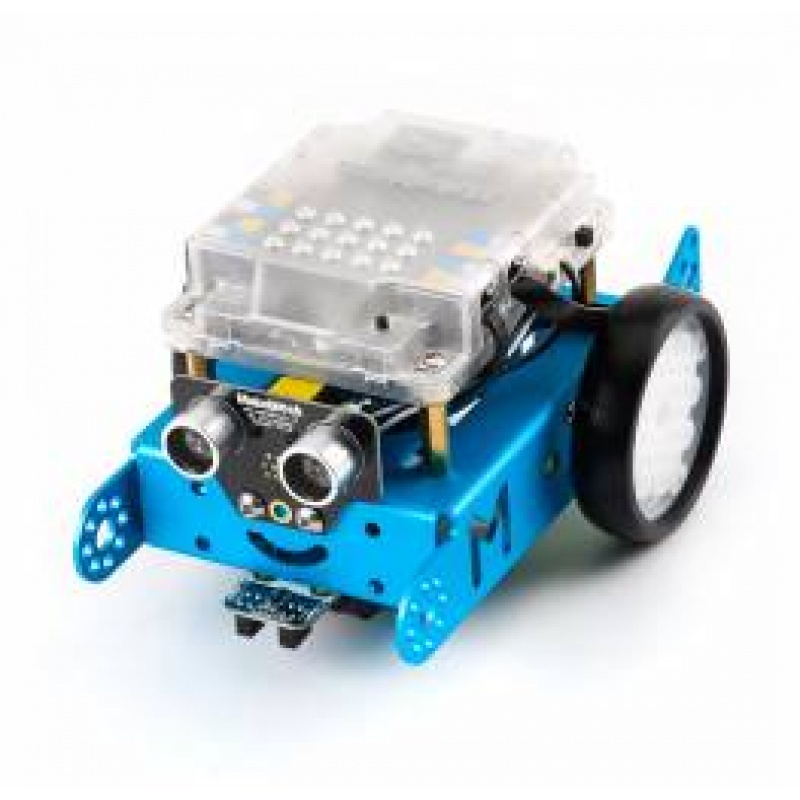


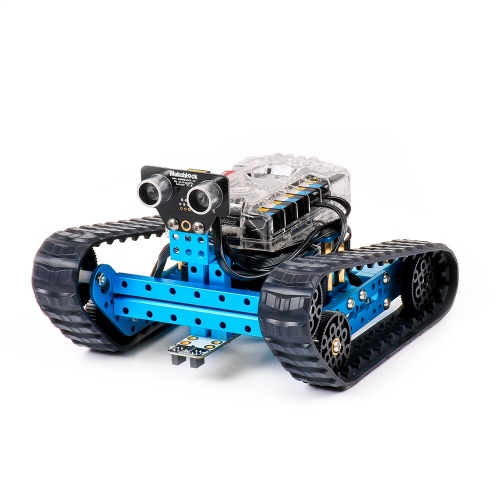
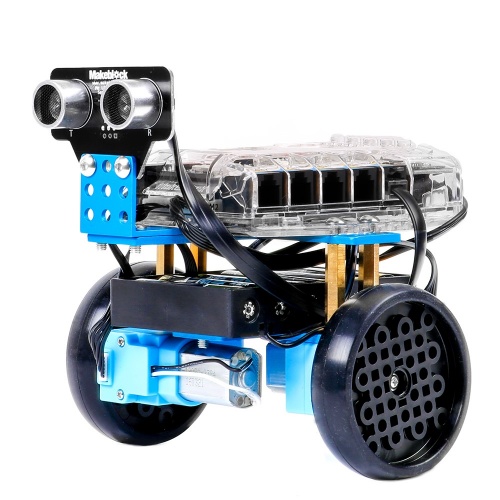
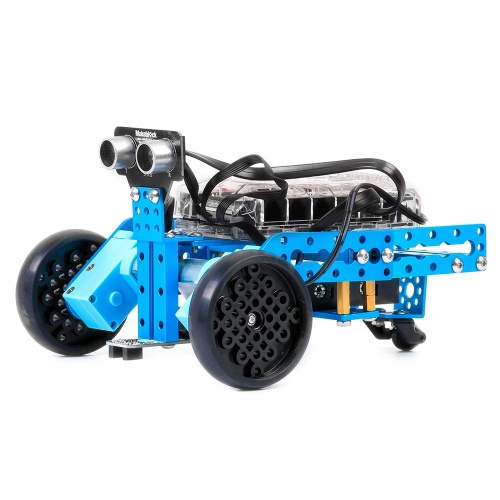
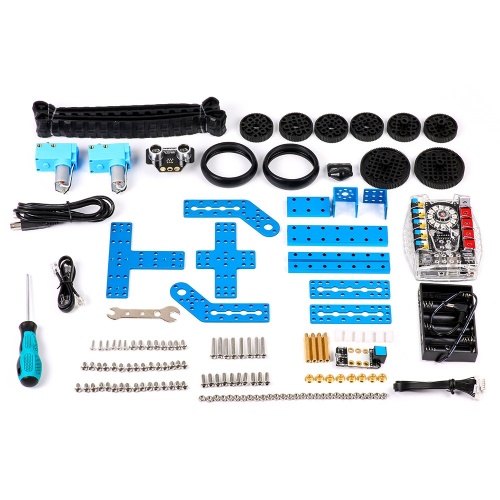
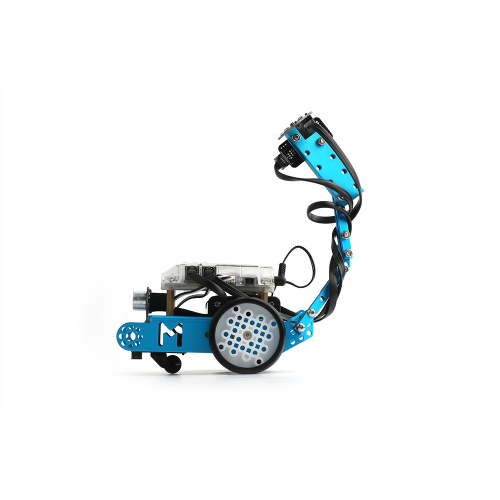
User reviews for mBot Series STEAM Robots
You need to log in to post a review.